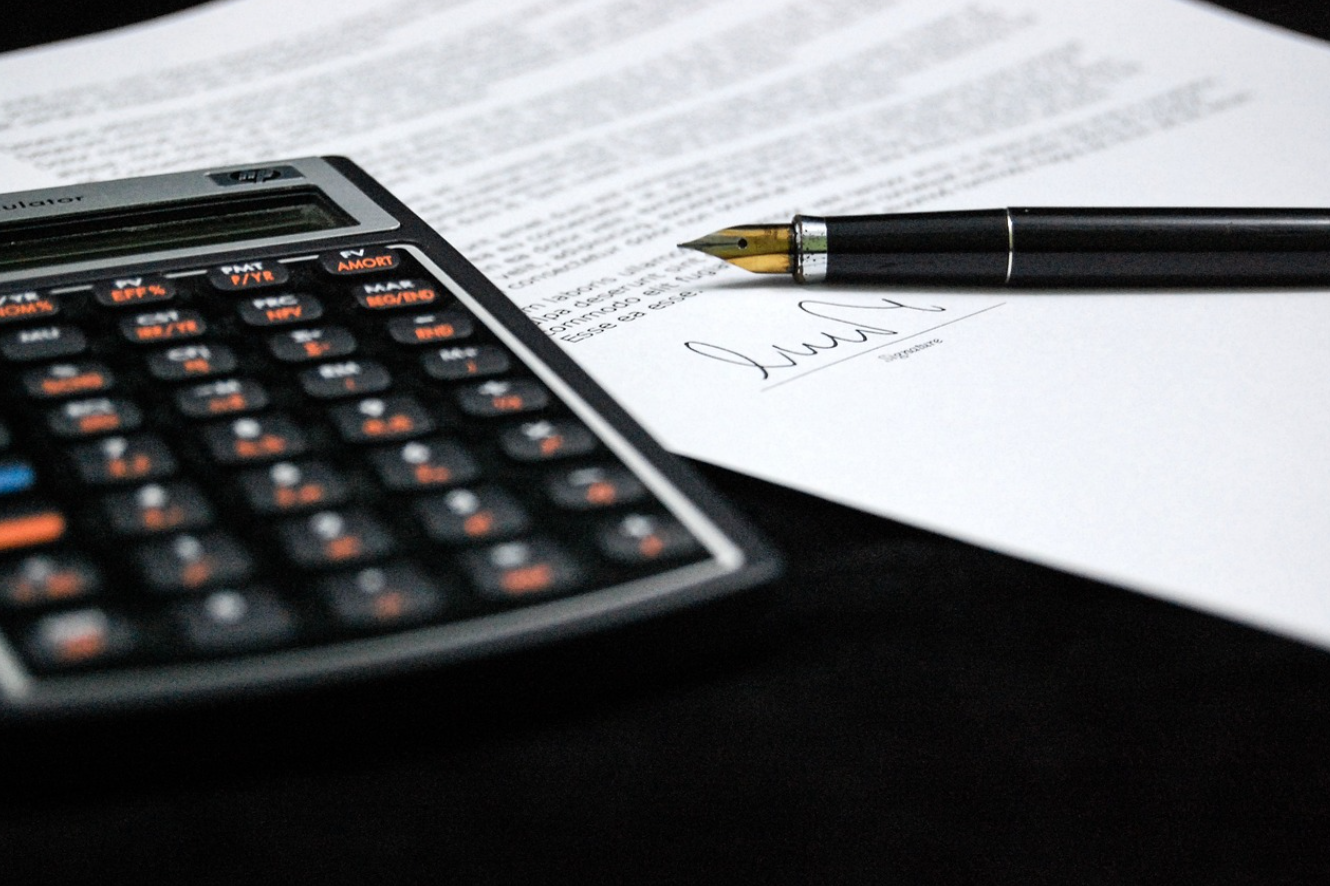In the realm of personal injury law, bicycle accidents present a distinct set of challenges and considerations.
In the bustling landscape of personal injury law, bicycle accidents stand as a unique and often overlooked domain. While motor vehicle collisions garner significant attention, the complexities surrounding bicycle accidents require a nuanced understanding of both legal principles and the intricacies of cycling dynamics.
The Legal Framework: Understanding Liability and Negligence
The Role of Negligence in Bicycle Accidents
When a bicycle accident occurs, determining liability hinges on establishing negligence. Negligence refers to the failure to exercise reasonable care, resulting in harm to others. In the context of bicycle accidents, negligence can manifest in various forms, including:
Motorist Negligence: Often, automobile drivers fail to exercise caution around cyclists, leading to collisions. Common examples include distracted driving, failure to yield, and speeding in areas shared with cyclists.
Infrastructure Negligence: Inadequate road maintenance, poorly designed bike lanes, and obscured signage can contribute to accidents. Government entities responsible for maintaining safe roadways may be held liable for such negligence.
Cyclist Negligence: While less frequent, cyclists can also be negligent, such as by disregarding traffic signals, weaving unpredictably through traffic, or failing to use proper lighting and reflective gear in low visibility conditions.
Proving Negligence in Bicycle Accident Cases
Establishing negligence requires demonstrating four key elements:
Duty of Care: All road users, including motorists and cyclists, owe a duty of care to one another. This duty involves adhering to traffic laws, maintaining awareness of surroundings, and taking reasonable precautions to avoid accidents.
Breach of Duty: A breach occurs when a party fails to uphold their duty of care. For instance, a motorist texting while driving or a cyclist running a red light would constitute breaches of duty.
Causation: It must be shown that the breach of duty directly caused the accident and resulting injuries. This can be complex in cases involving multiple contributing factors or disputed accounts of events.
Damages: Finally, the plaintiff must demonstrate measurable damages resulting from the accident, such as medical expenses, lost wages, pain and suffering, and property damage.
Unique Challenges and Considerations
Comparative Negligence in Bicycle Accidents
Bicycle accident lawsuits often involve claims of comparative negligence, wherein both parties share some degree of fault. States vary in their approach to comparative negligence, with some following pure comparative negligence principles, wherein damages are apportioned based on each party’s degree of fault, while others adhere to modified comparative negligence rules, which may bar recovery if the plaintiff’s fault exceeds a certain threshold.
Navigating comparative negligence requires a thorough examination of the circumstances surrounding the accident, including witness statements, forensic evidence, and expert testimony. A skilled bicycle accident lawyer can effectively argue for a favorable allocation of fault, maximizing the plaintiff’s chances of receiving compensation.
Vicarious Liability: Employer Responsibility for Employee Actions
In cases where a motorist involved in a bicycle accident is acting within the scope of their employment, the doctrine of vicarious liability may come into play. Employers can be held responsible for the negligent actions of their employees if the employee was performing job-related duties at the time of the accident. This principle can significantly impact the potential avenues for compensation and the resources available to injured cyclists.
However, establishing vicarious liability can be complex, requiring evidence of the employment relationship, the employee’s duties at the time of the accident, and whether the actions leading to the accident were within the scope of employment. Legal representation experienced in handling vicarious liability claims is crucial to effectively pursuing compensation from both the individual driver and their employer.
Pursuing Compensation: Legal Strategies and Tactics
Insurance Coverage and Settlement Negotiations
In bicycle accident cases, insurance coverage plays a pivotal role in determining the available avenues for compensation. Motorists are typically covered by auto insurance policies, while cyclists may rely on their own health insurance or uninsured/underinsured motorist coverage.
Navigating the nuances of insurance policies and maximizing coverage requires a strategic approach. A skilled bicycle accident lawyer can assess the extent of available coverage, negotiate with insurance companies on behalf of the injured party, and, if necessary, pursue litigation to secure fair compensation.
Litigation and Trial Advocacy
While many bicycle accident cases are resolved through settlement negotiations, some may proceed to litigation if a fair settlement cannot be reached. Litigation involves presenting the case before a judge and/or jury, where evidence is scrutinized, witnesses are cross-examined, and legal arguments are vigorously debated.
Effective trial advocacy demands a thorough understanding of both the facts of the case and the intricacies of the law. From jury selection to closing arguments, every stage of the trial requires meticulous preparation and persuasive presentation. Experienced trial attorneys specializing in bicycle accident litigation can skillfully navigate the courtroom, advocating for their clients’ rights and pursuing justice on their behalf.
Conclusion
In the realm of personal injury law, bicycle accidents present a distinct set of challenges and considerations. From establishing liability and proving negligence to navigating insurance coverage and pursuing compensation, the legal landscape can be complex and daunting. However, with the guidance of knowledgeable legal counsel, injured cyclists can navigate this unseen terrain with confidence, ensuring their rights are protected and justice is served. If you’ve been injured in a bicycle accident, don’t hesitate to seek the assistance of a skilled bicycle accident lawyer from Triumph Law who can provide the expertise and advocacy you need to pursue a successful claim.




